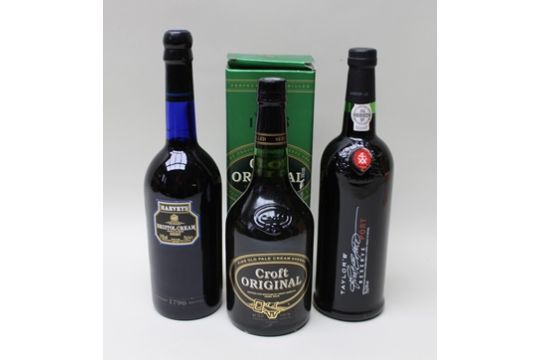
Known as the marco de Jerez or “Sherry Triangle,” sherry is made in three towns in Southern Spain - Jerez de la Frontera (known simply as Jerez, and pronounced “he-ref”), Sanlúcar de Barrameda, and El Puerto de Santa Maria.īuilt around vulnerable grape vines, Sherry has withstood its share of disease problems. Today, sherry, just as with other spirits or liquors, can only be made within a specific region. Magellan, in what is one of my favorite drinks legends ever, is said to have shelled out more on sherry than arms as he prepared to sail around the globe. Columbus traveled to the New Word with plenty in tow.

Sherry wears the number ten, showing artistic flare and just as happy to deliver assist after crafty assist, even though it can easily take the place of number nine.īorn in Spain and made primarily from the Palomino grape, then fortified with grape brandy, sherry goes back a few thousand years but really gained a European footing in the 13th century. In soccer-speak, dessert wines like port and Sauternes play the role of the quintessential number nine, scoring goals and basking in fame. It has maintained at least a couple of small lines on most restaurant bar menus, especially as a post-meal sipper. No matter what sort of wine you are looking for, chances are you can find something similar to it within the category. Sherry has held a certain esteem throughout, wearing its nutty, briny, dried fruit flavors on its shimmering gold sleeves and for good reason - the sherry designation contains some of the driest as well as the sweetest wines on the planet.

natural wines, Jura Chardonnay, orange wines, etc.). The last several years have seen beer become more like wine and wine become more oxidative (e.g.


 0 kommentar(er)
0 kommentar(er)
